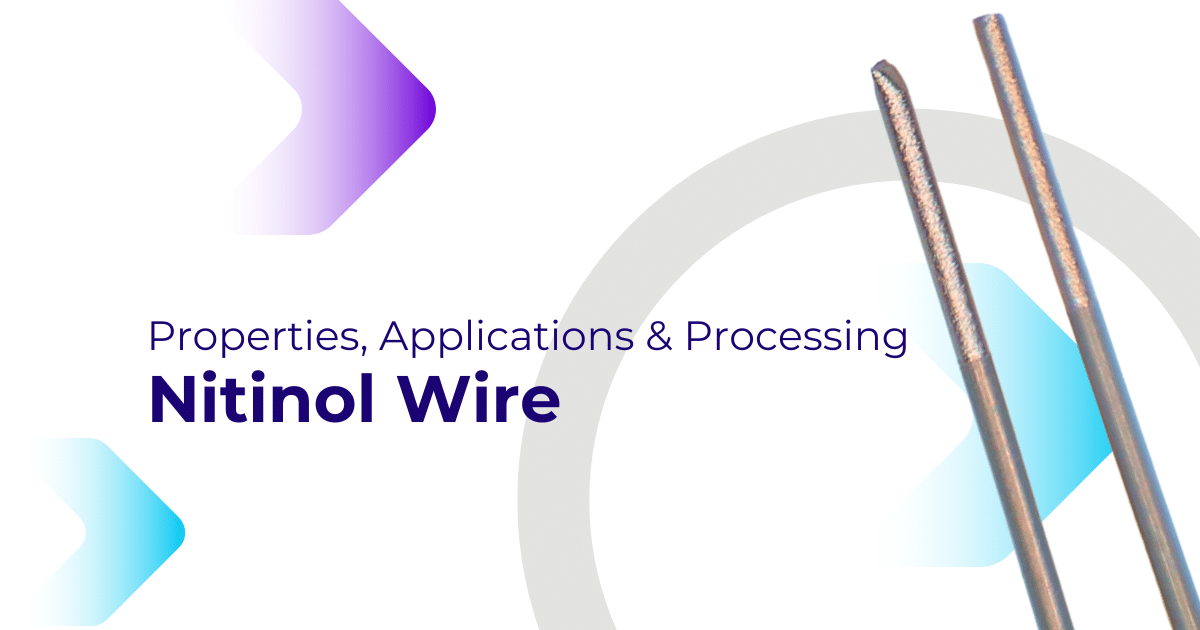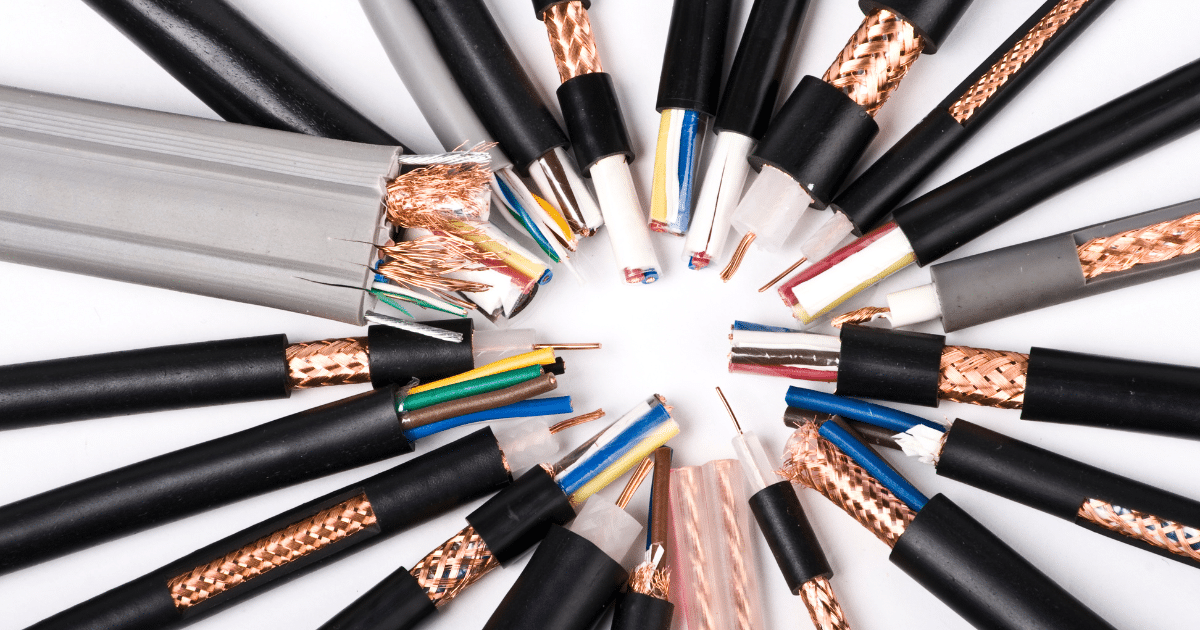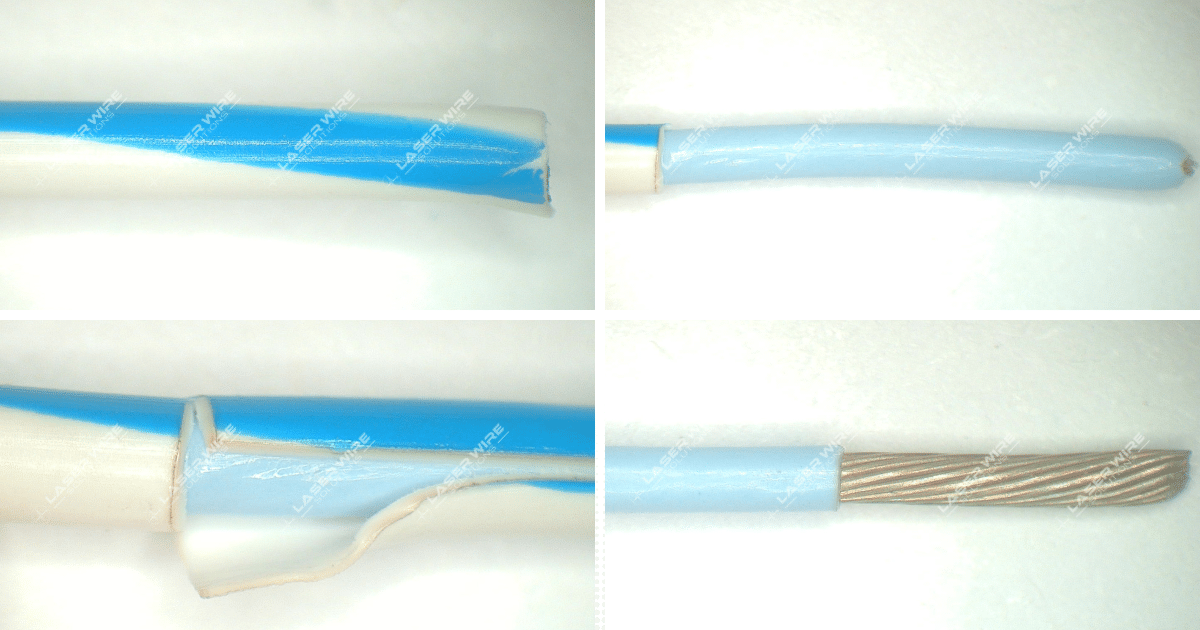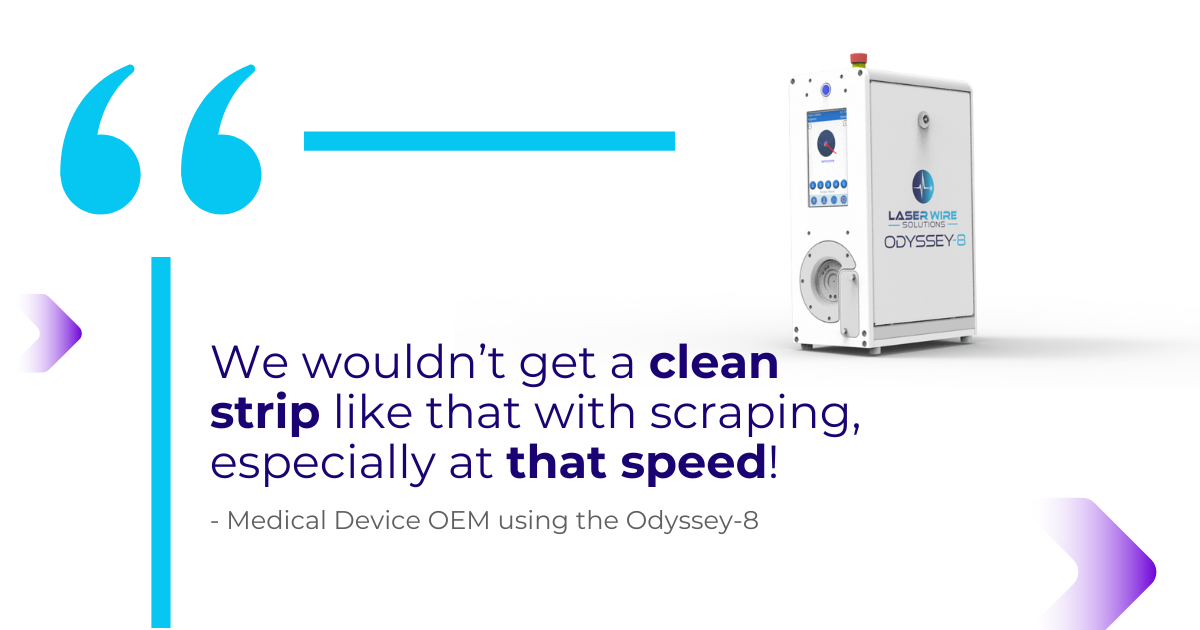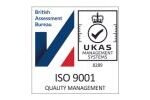Nitinol stands at the forefront of material science innovation, transforming the landscape of medical device manufacturing and engineering. This sophisticated nickel-titanium alloy has become essential in developing cutting-edge medical devices, from cardiovascular stents to advanced surgical instruments. Its extraordinary properties make it not just another material choice, but often the only viable solution for applications demanding both flexibility and strength.
What is Nitinol Wire?
Nitinol is an shape memory alloy composed of approximately equal parts nickel and titanium. Since its discovery in 1962, this material has found its way into countless applications, thanks to its combination of properties including superelasticity, high ultimate tensile strength, and shape memory capabilities.
Why is Nitinol Special?
What sets nitinol apart from conventional metals is its unprecedented ability to “remember” and return to its original shape after deformation. This property, known as shape memory effect, coupled with its superelastic behavior, makes it uniquely suited for applications where traditional materials fall short. Additionally, nitinol exhibits excellent biocompatibility, corrosion resistance, and fatigue strength, making it particularly valuable in medical applications.
What Happens When Nitinol is Heated?
One of nitinol’s most fascinating characteristics is its behavior under temperature changes. When heated above its transformation temperature, nitinol undergoes a crystal structure change that allows it to return to its predetermined shape. This transformation can occur at different temperatures, depending on the specific composition of the alloy, making it highly customizable for various applications.
Where is Nitinol Used?
While nitinol finds applications across numerous industries, including aerospace and robotics, its most prominent use is in the medical sector. The material is employed in:
- Cardiovascular stents
- Orthodontic wires
- Surgical instruments
- Nitinol guidewires with hydrophilic tips for minimally invasive procedures
- Orthopedic implants
- Temperature-sensitive actuators
Why is Nitinol Used in Medical Devices?
The medical industry’s embrace of nitinol stems from its unique combination of properties. Its superelasticity allows for the creation of devices that can be compressed into tiny spaces and then expand to their original form once deployed in the body. This is particularly crucial for nitinol guidewires with hydrophilic tips, which must navigate complex vascular pathways while maintaining their integrity and functionality.
Can Nitinol be Soldered and Welded?
While nitinol can be joined through various methods, traditional soldering and welding present significant challenges due to the material’s unique properties. The formation of brittle intermetallic compounds and the potential loss of shape memory properties in the heat-affected zone make conventional joining methods less than ideal. This is where advanced processing techniques, particularly laser welding, come into play.
Processing Nitinol
When it comes to processing nitinol wire, particularly for medical applications, precision is paramount. Traditional mechanical stripping methods can damage the wire’s surface or alter its crucial properties. This is where laser processing emerges as the superior solution.
Laser Wire Solutions’ advanced nitinol laser processing systems offer numerous advantages:
- Precise control over strip length and depth
- No mechanical stress or damage to the remaining wire
- Consistent, repeatable results
- Maintenance of nitinol’s critical properties
- Clean, burr-free processing
- Minimal heat-affected zone
Our Odyssey laser systems are specifically designed to handle the unique challenges presented by nitinol wire processing. Whether you’re manufacturing guidewires with hydrophilic tips or other medical devices, our technology ensures the highest quality results while maintaining the integrity of this remarkable material.
Nitinol’s exceptional properties have made it an indispensable material in modern medical device manufacturing. As applications continue to evolve, the need for precise processing methods becomes increasingly critical. Laser Wire Solutions remains at the forefront of this technology, providing cutting-edge laser processing solutions that meet the exacting demands of nitinol wire processing.
Contact us today to learn more about how our laser systems can optimize your nitinol wire processing operations and help you maintain the highest standards in medical device manufacturing.

